I Wore Vivobarefoot Shoes For 30 Days
Would wearing minimal shoes for a month make a convert of our writer?
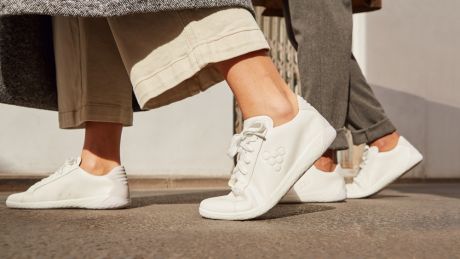
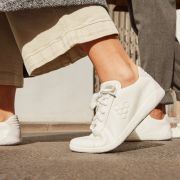
Vivobarefoot
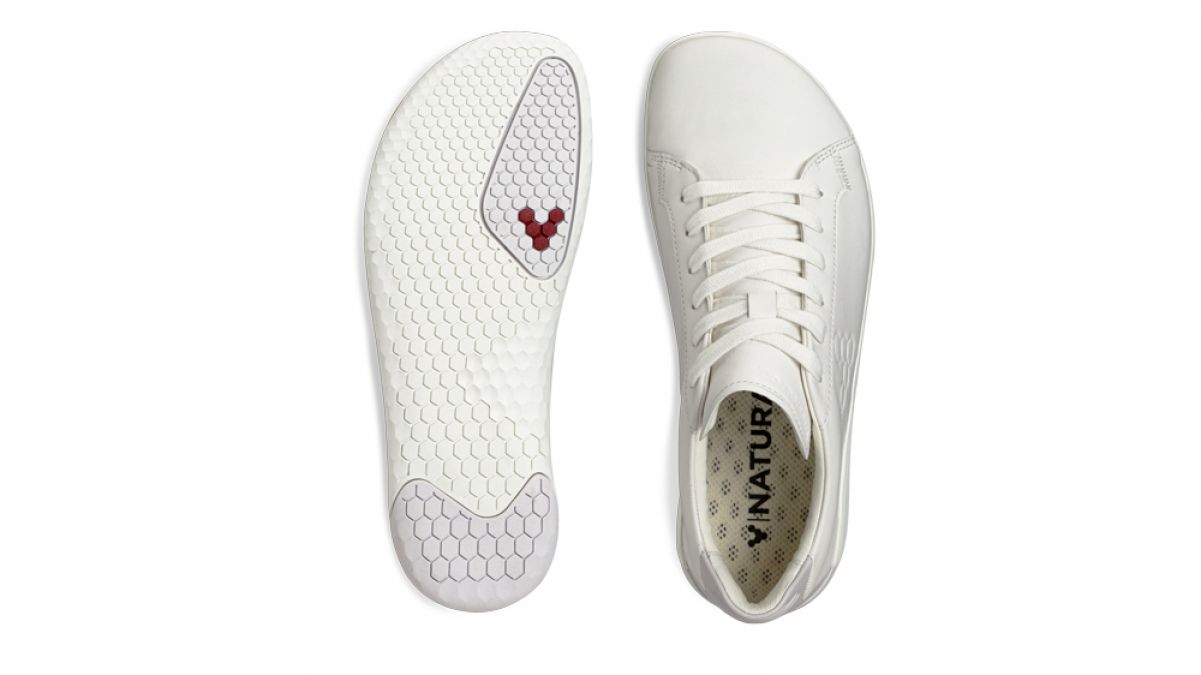
Vivobarefoot
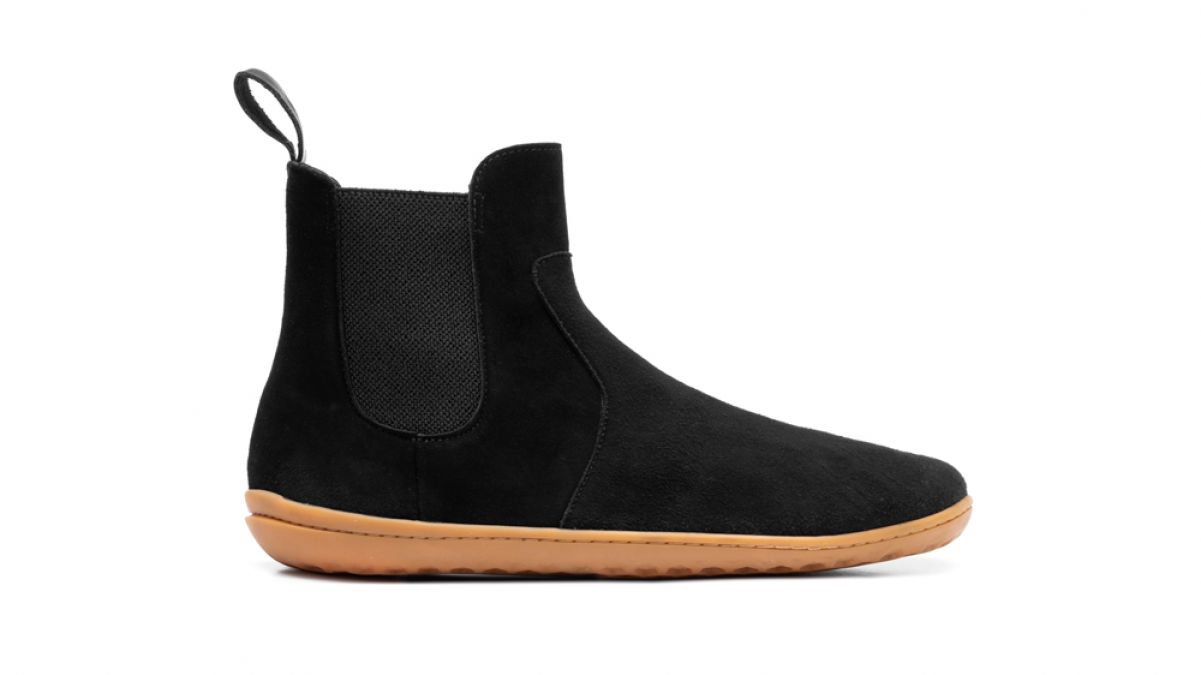
Vivobarefoot
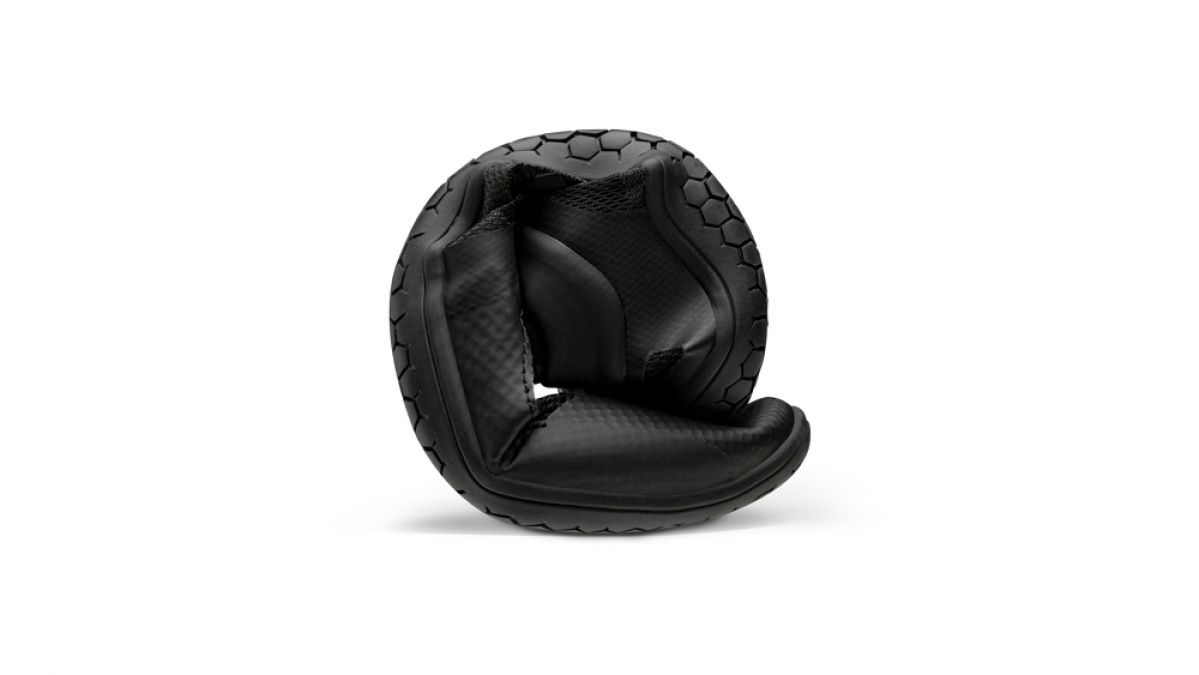
Vivobarefoot
“You’ve got no toes.”
I glance down, dubiously, and see that my toes are, in fact, where I expect them to be. But Ben Le Vesconte, the Vivobarefoot coach, is looking at a screen showing a read-out of the pressure plate under my feet. “Your big toe should naturally support you when you’re standing.” He explains that if I can “reconnect with my feet” through strengthening and stretching, I can turn my weak and feeble feet back into the naturally spring-loaded devices they’re supposed to be. My arches will become more elastic and my toes will get stronger. And, according to the theory, I’ll be less prone to injury.
Vivobarefoot invited someone from Coach to commit to wearing its minimalist shoes day in, day out for a month and I accepted. This type of shoe is wide across the toe-box, thin-soled and flexible so your feet can behave the way they would if you were actually barefoot. There’s no cushioning, arch support or thick, stacked heels. As well as pairs for running and other sports, Vivobarefoot makes minimalist lifestyle shoes.
I’m certainly curious to see what difference it makes to my feet. A freelance writer and mum to an active toddler, I work from home but spend a lot of time on my feet, mostly wearing trainers or ankle boots. I run three or four times a week. I’m prone to ankle sprains and never quite manage to stick with the physio exercises I’m given to prevent these.
Initially, I’m eager to see what running in barefoot shoes feels like, but I’m told that it takes time to build up to running in them, because just pulling on these barely-there shoes and running out the door is a surefire way to get injured. I’m told only to walk in them to start with, and after a few weeks, when I feel ready, I can start to build up slowly from running for just one minute at a time, to ten.
Before I start, Le Vesconte puts me through my paces on the treadmill. He videos me banging my heels down as I walk and taking a long stride while running, my feet landing well in front of my body. With no shoes on I run in a completely different way, my feet landing softly underneath me. With Vivos on, I’m not quite there: the muscle memory of all the running I’ve ever done in cushioned shoes is too deeply ingrained. I need to learn how to run like I’m barefoot, while wearing shoes.
According to Le Vesconte, the key to this is aiming for a faster cadence (around 180 steps per minute), and ensuring I land with a soft midfoot strike directly under my body. And I’ve got to learn to walk like that, too, with short steps (120 per minute), feet landing softly under my body. I’m sent home with a series of stretches and exercises to help my comatose feet reawaken and get stronger.
Get the Coach Newsletter
Sign up for workout ideas, training advice, reviews of the latest gear and more.
See related
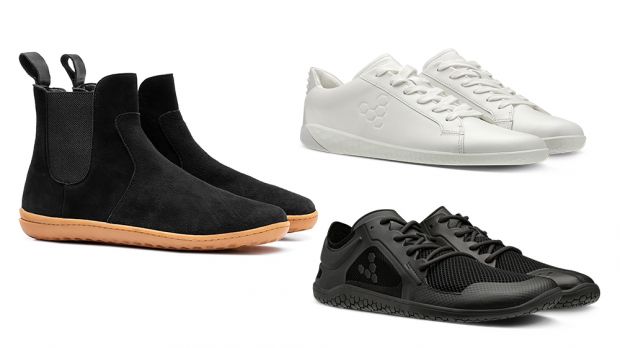
Over the 30 days, I go about my business wearing a pair of Vivobarefoot’s cosy Fulham suede boots (left, above), or the Geo Court (top right), Vivo’s take on a trendy tennis shoe, or the Primus Lite II (bottom right), made of recycled materials and something derived from algae. At the start I’m worried about having cold feet – it is mid-winter after all – but thanks to the boots this isn’t an issue. I steel myself, expecting comments from friends, acquaintances and family about the funny-looking shoes I’m wearing, but people don’t seem to notice until I point them out.
During the first week it’s tough to remember to walk in the way I’m supposed to, especially when I’m in a hurry. I soon adjust, though, not least because banging my heels down aggressively is uncomfortable on pavement.
By week two, I love the feel of walking in barefoot shoes and am impatient to run in them. I’m not supposed to run in the Vivos at first, so I head out for runs in my highly cushioned running shoes. After just a short time in barefoot shoes, my other shoes feel horribly constricting around my toes. When running I work on my posture and form, and on sticking to a faster cadence.
Three weeks in, after trying a few gentle runs with no adverse effects, I decide to throw caution to the wind – in the name of investigative journalism – and head out for a 45-minute run in the Primus Lite. It feels great at first, but as my feet and ankles tire my form goes to pot and my ankles turn to jelly. When I tell Le Vesconte about it, he gives me a polite but firm ticking-off. Back to the recommended gradual increase in running time for me.
As I near the end of the 30 days, my feet feel stronger, freer and more alive. I find I’m enjoying the texture of the ground under my feet.
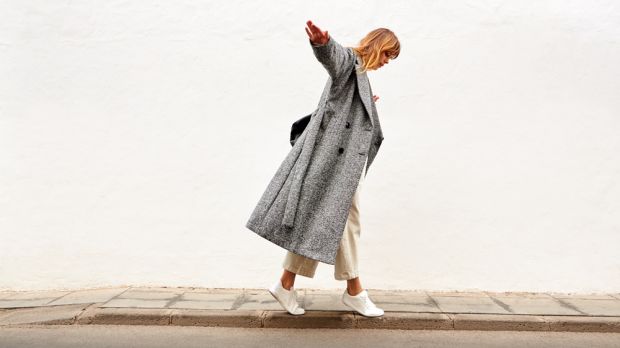
At the end of the month, Le Vesconte puts me through my paces on the treadmill once again and confirms that my form has improved. Post-challenge, my ankles feel stronger and more flexible than ever. I have made an effort to do some of the recommended stretches and exercises, but just walking about in Vivos for 30 days actually felt like a great workout for my feet and legs.
As a somewhat impatient person I’ve been frustrated by the slowness of the transition to running in barefoot shoes. However, I’m planning to stick with it in the hope that strengthening my feet will help me stay injury-free. Curiosity piqued, I read Born To Run, which is a gripping story as well as a fascinating insight into the possible advantages of barefoot-style running. I’m pretty much converted to the barefoot movement and find myself banging on about the benefits of minimalist shoes to anyone who’ll listen. The only negative came when I opened a cupboard and saw all the pairs of once-cherished, now sadly neglected, shoes.
Barefoot advocates claim that these shoes can help runners avoid injury and improve performance. Although there’s not enough reliable scientific evidence to back this up, it’s certainly an avenue worth exploring if you’re a runner who’s having problems with recurrent injuries.
I also think there’s a lot to be said for wearing minimalist shoes in daily life, whatever kind of lifestyle you lead. If you make efforts towards achieving a fitter, more athletic body, chances are you overlook your feet. Just wearing minimalist shoes (as long as you’re walking the right way) is an easy way to address it and get stronger, healthier feet.

Camilla Artault is a writer and keen runner. She has covered women’s running gear – testing leggings, jackets, running bras, tops and shorts – for Coach since 2018, as well as interviewing experts and writing about a range of health and lifestyle topics.
